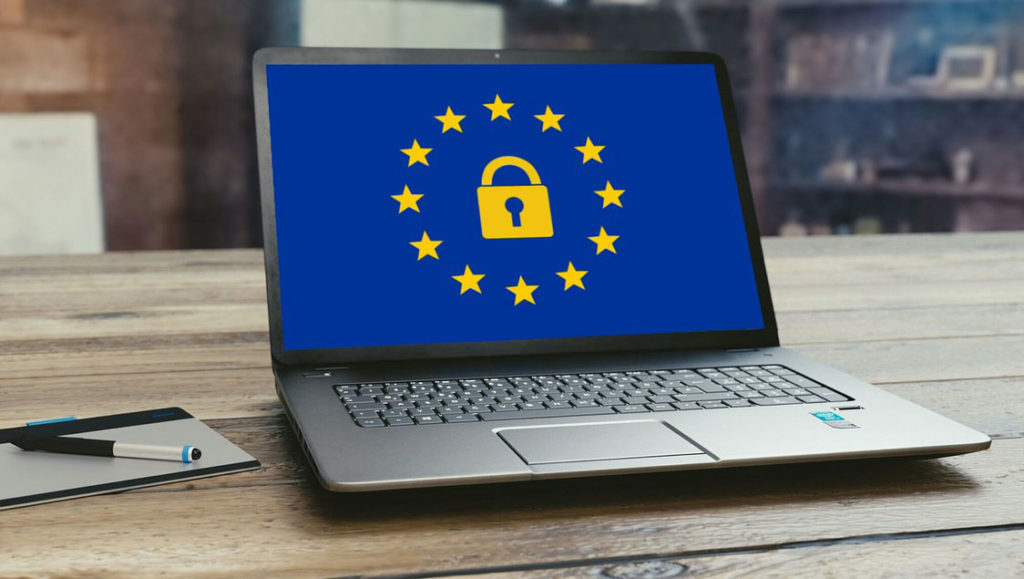Protect your business from internal and external Cyber Threats

With over 2.1 billion smartphones, 4 billion+ internet users and IoT devices at a surge, cybersecurity has become a mandate and not only a choice. User privacy concerns have peaked since the Facebook-Cambridge Analytica scandal took place in 2018. Cybersecurity risks have been prevailing in enterprise since decades and are categorized as external and internal cybersecurity threats.
External Cybersecurity Risk
For an external cybersecurity risk to take place, it’s not necessary to have physical trespassing on your server infrastructure. Cybercriminals are active from anywhere around the world and they attack with brute force password to continually attack your systems, even multiple times a day until they find any success. They repeat the malicious activities to bypass the password repeatedly. These hackers do not need to be excellent coders but have an understanding of people’s psychology and knowledge of common passwords.
External cybersecurity risks can be in the form of DDoS attacks, phishing or injecting malwares, which are used to gain unauthorized access to your site or network. After gaining access, cybercriminals tend to remain in the system extracting information without even getting noticed.
Most of them get found only after a hazard takes place or in a routine checkup. Securing your cybersecurity is important to prevent such hackers and running regular tests can ensure a robust security.
Internal Cybersecurity Risk
Internal cybersecurity is the cybersecurity required within an organization, and hackers target the internal employees. That is the core reason it becomes hard to believe when an employee is found willingly associated with cybercrime. Sometimes it also is an accident and sometimes it is a willful decision by the employee.
Cybercriminals in order to attain the credentials of the organization’s employees, try to intercept the network under the name of the employee. Cybersecurity induction is mandatory for new employees in growing digital economies.
The damage could be irreparable in some of the cases as employees have vital information about the organization. In such a case, if the competitor gets any access to the data, it could lead to depleted revenue and theft of strategy or confidential prices.
Cyber threats are becoming more complicated as criminals are asking for ransom in cryptocurrencies; it is essential for companies to take preventive actions. Both internal and external cyber hacks is a nightmare for a company, and below we have compiled a list of some ways on how to protect your business from internal and external cyber threats:
1. Role management and access
Provide your employees a privilege based grants and access depending on the specific user needs. These requests and access need to be monitored by the reporting manager. Rather than providing all or nothing, mapping out employee workflow and providing access to files and folders can add a secured layer.
2. The Gateway Layer
The Gateway layer is one of the most vulnerable places in the network, as it’s the gate from where the corporation gets access to the outer world and the internet. An up to date, monitored security layer is essential on this gateway to add web content filtering, software access, monitoring and stopping malware.
3. Secured communication tool
Communication tools are used most frequently in the organization, and email is the choice of communication, which makes it a primary target for a cyber threat. Unexpected spam, encrypted virus are sent on the spam folder, and hackers also get successful to send the same in the mail inbox. Always check for secure links and only open attachments if you are expecting one.
4. Adopt the cloud
By adopting the cloud infrastructure, you minimize the risk of cybersecurity, compared to on-premise servers which are not only complex to manage, but also increase the overall infrastructure cost, and require intense maintenance to keep it secure from various threats. Cloud is dynamic, has flexible pricing, and global vendors can offer you world-class security managed by them 24/7.
4. Have a testing schedule
It is highly recommended to have vulnerability and penetration testing, which are vital steps to keep an organization’s data secure. Performing a test on your digital security fence every month can help you to rectify errors beforehand and act accordingly. This also includes monitoring user activity and behavior for any kind of suspicious activity taking place within the organization. All information that is tracked needs to have an audit trail.
5. Training is a mandate
Training in cybersecurity is essential for all departments as everyone uses communication tools, and hackers always look for weak spots in the network. Training new and existing staff can help the employees to understand cybersecurity, and how their digital actions can have a long-lasting impact on the organization. Awareness and knowledge of digital attacks will help you to stay secure and compliant.
Xpetize is a technology solutions company. We help you with comprehensive cyber security solutions to resolve unique security challenges. Get in touch with us to know more about our services




Leave a Reply